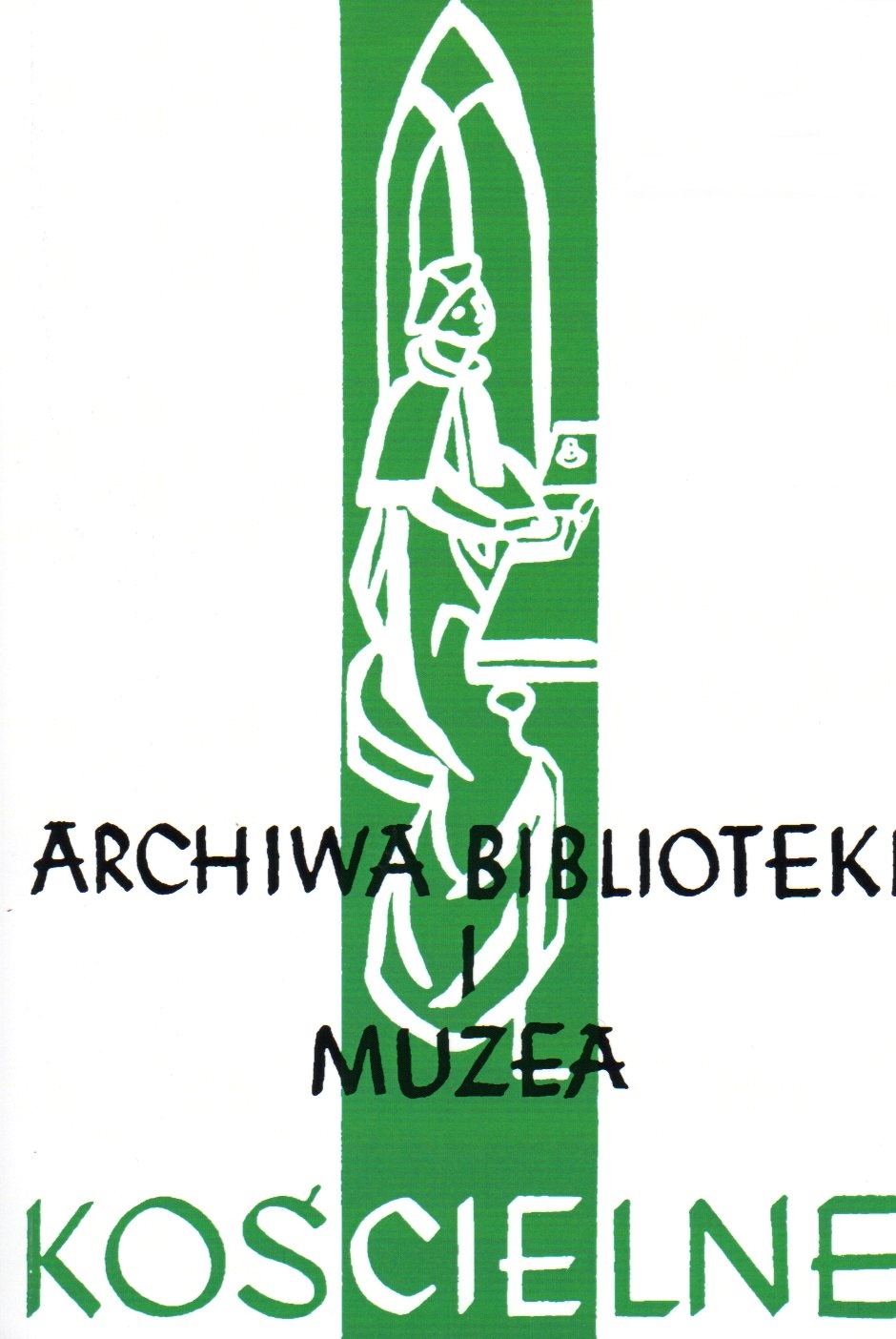Busko w świetle opisu wizytacji biskupa Michała Jerzego Poniatowskiego z roku 1782.
BUSKO IN LIGHT OF THE DESCRIPTION OF BISHOP MICHAŁ JERZY PONIATOWSKI’S VISITATION OF 1782.
Author(s): Anna SzylarSubject(s): History
Published by: Katolicki Uniwersytet Lubelski Jana Pawła II - Wydział Teologii
Keywords: Busko; Michał Jerzy Poniatowski; Bishop’s visitation
Summary/Abstract: The article is based on the description of the visitation of 1782 held in the convent of Norbertine Sisters in Busko. This description is placed in the manuscript book entitled „The act of the general visitation…”. The manuscript, including 130 pages of text, is an extremely valuable source of information on the town owned by the nuns and the convent of the Norbertine Sisters. This manuscript helps to recreate the appearance of Busko in this period, its urban character, the appearance and equipment of the church dedicated to Immaculate Conception of the Holy Mary (it was also a parish and a monastic church), wooden Church of St Leonard, the convent and the buildings forming part of the monastic grange. It is also possible to gain information on the financial status of the nuns in the context of their salaries and the financial and economic problems. Wooden buildings, the falling number of craftsmen and the disappearance of trade traditions confirm the deteriorating economic condition of the convent. In the post-visitation recommendations, we find points relating to the necessity of the settlement of Jewish merchants and artisans in the vicinity of Busko. These observations demonstrate the ways to recover the town economy indicated by the bishop. The most valuable thing, however, seems to be the opportunity to learn about the inner structure of the convent at that time, people who were part of the convent, functions performed by the nuns, the organization of the inner life, nun spirituality and the nunnery-town relations. On the pages of the manuscript we find the mention of the nunnery and the parish school, the hospital for the poor, the urban guilds and their participation in religious life, brotherhoods, and the privileges and responsibilities of burghers to the owners of the town and vice versa. This source is even more valuable because of the fact that the urban books of Busko did not survive and the materials about the Norbertine convent are in a fragmentary state.
Journal: Archiwa, Biblioteki i Muzea Kościelne
- Issue Year: 2011
- Issue No: 96
- Page Range: 157-178
- Page Count: 22
- Language: Polish

